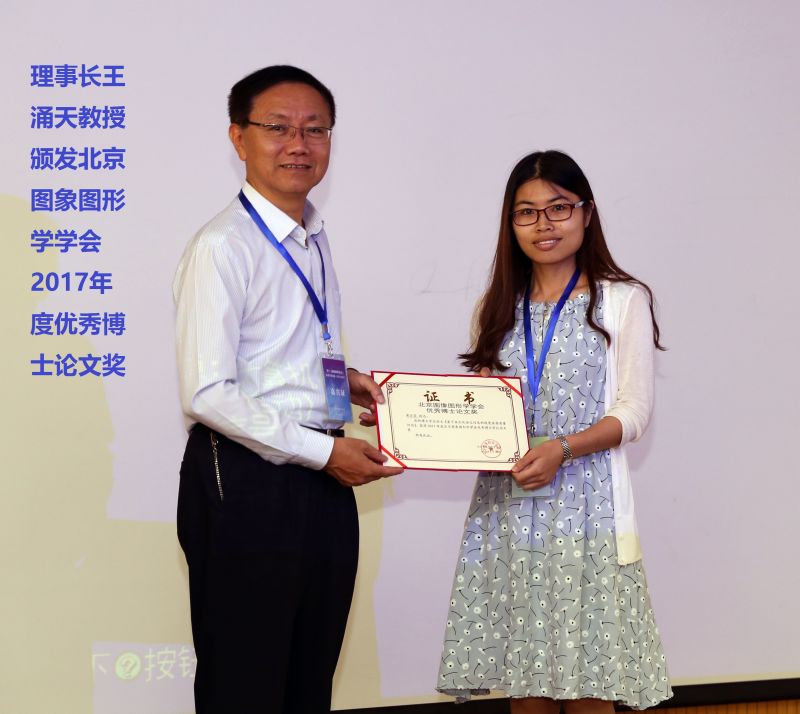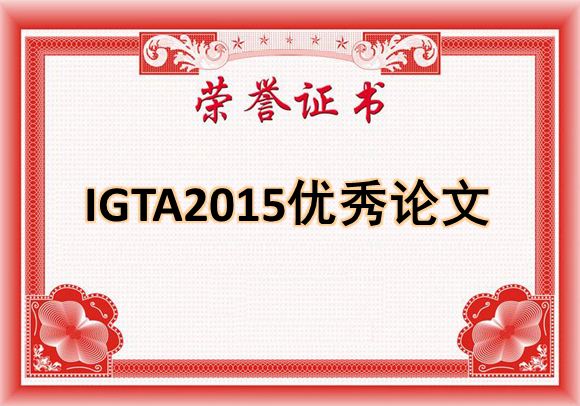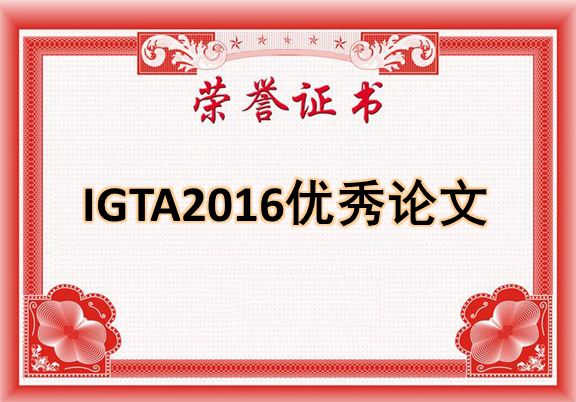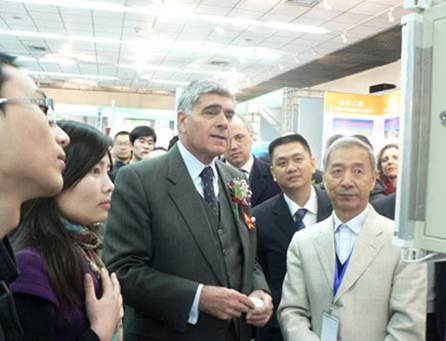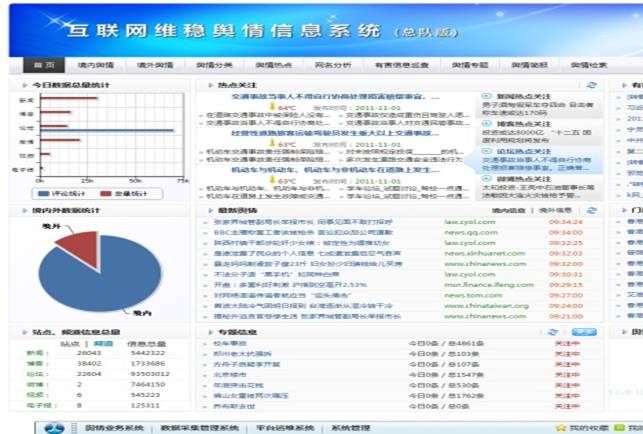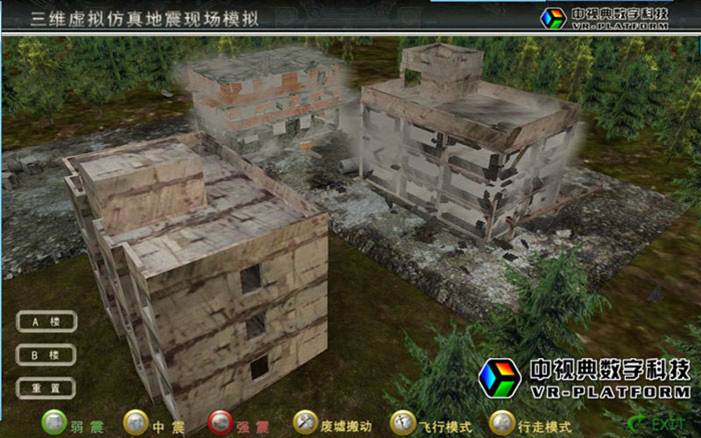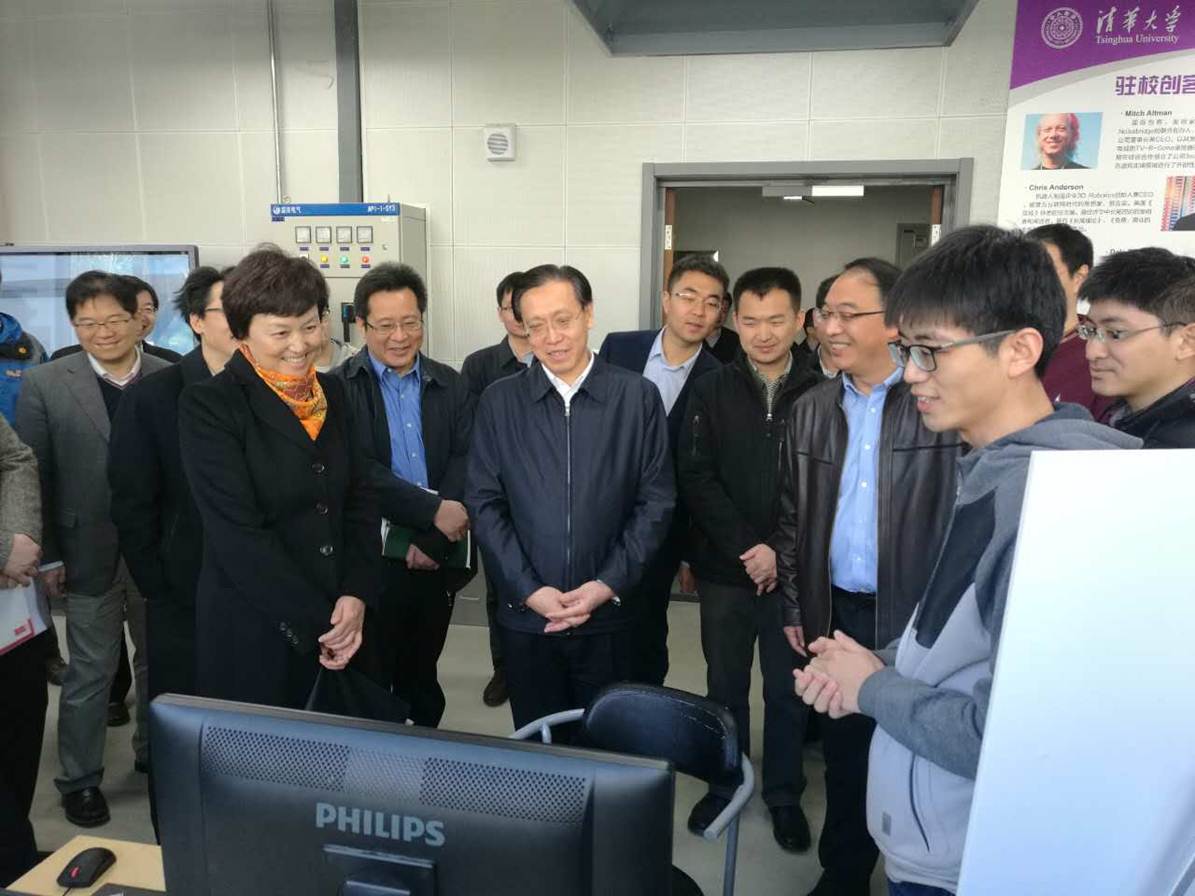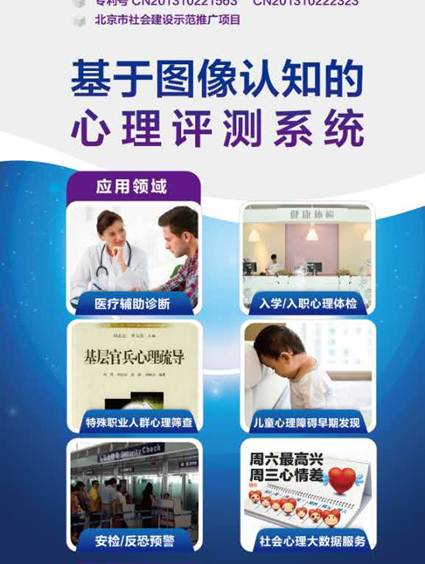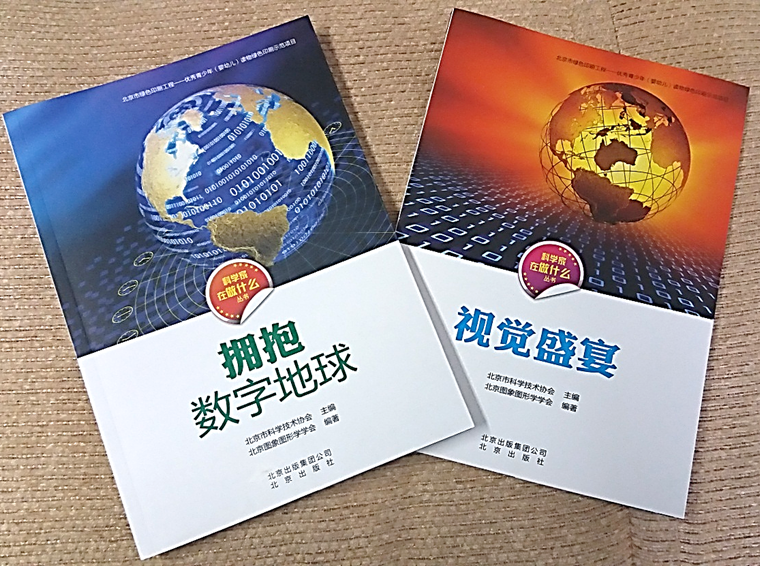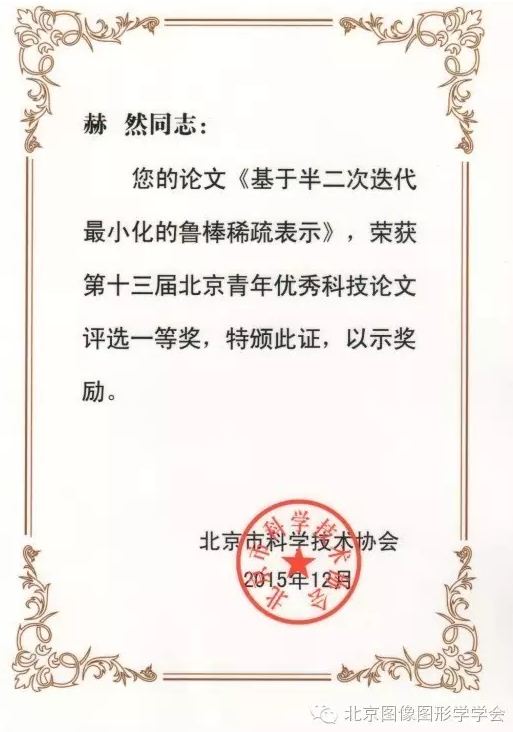APMAR2017-Program
The final program can be download here.
Data: July 2nd, Sunday
8:00-17:00 | Welcome at International Education and Exchange Center of Beijing Institute of Technology |
19:00 | Preparatory meeting “APMAR2018” (Just for APMAR members) |
Data: July 3rd, Monday
Time | Title | Chair |
7:50 – 8:10 | Registration | |
8:10 – 8:30 | Welcome | Yongtian Wang |
8:30 – 9:10 | Keynote Speech | Nassir Navab |
9:10– 9:40 | Coffee Break | |
Paper Session 1 | Takafumi Taketomi | |
9:40 – 9:55 | A Multi-View Camera-Based Diminished Reality for Work Area Visualization Momoko Maezawa, Shohei Mori and Hideo Saito In this paper, we present a method of diminished reality for providing a transparent observation by diminishing the tools and hands for visualizing the hidden work area using multiple cameras capturing the work area. | |
9: 55 – 10:10 | Intuitive Visual Hints for Guiding Head Movement in Learning Tai Chi Chuan with Head-Mounted Display Ping-Hsuan Han, Yilun Zhong, Han-Lei Wang, Ming-Sui Lee and Yi-Ping Hung In this paper, we propose three visual designs for guiding user’s head movement in learning TCC with OST-HMD. We conduct a user study to compare and discuss the differences of head orientation between the participants and the virtual coach. | |
10:10 – 10:25 | Indirect Augmented Reality without Pre-capturing Target Environments Kunat Pipatanakul, Norihiko Kawai, Tomokazu Sato, Kiyoshi Kiyokawa and Naokazu Yokoya In this study, we introduce a new IAR method which simultaneously creates a panoramic image by stitching images captured by a monocular camera and superimposes virtual objects to realize jitterless AR experience on demand. | |
10:25 – 10:40 | Converting face sketches to photo-realistic digital images Youngju Choi and Yongduek Seo We present our approach to generate photo-realistic digital images of faces based on the inputs provided in the form of hand drawing. Our approach adopts several stages of deep neural networks which includes modules of generative adversarial networks. | |
10:40 – 10:55 | An Augmented Reality Supports for Self-learners Learning Activity Involving Motion: A Case Study on an Alphabet Writing System Yuya Miyoshi, Yuji Oyamada, Aya Shiraiwa, Kazu Mishiba and Katsuya Kondo In this paper, we aim to provide further supports to self-learners who practice to master some activity involving motion. For the purpose, we propose an AR framework that visualizes the users what & how they should improve. | |
10:55 – 11:10 | Influence on Weight Sensation Caused by Visual Diminishing of Real Objects Miho Tanaka, Ayushi Misra, Kana Oshima, Satoshi Hashiguchi, Shohei Mori, Asako Kimura, Fumihisa Shibata and Hideyuki Tamura In this study, we use MR-based visuo–haptic experiences to investigate the mechanisms by which vision and haptics interact. In contrast to MR, diminished reality (DR) can virtually erase an actual object from sight. We also study the relationship between various ranges of DR-based visual effects and haptic sensations using pole-shaped actual objects. | |
Paper Session 2 | Yue Liu | |
11:10– 11:25 |
Depth Map Restoration via Regularization in Curvelet Domain Qirui Zhang, Takafumi Taketomi, Alexander Plopski, Christian Sandor and Hirokazu Kato In this work, we present a quantitative evaluation in order to verify feasibility to achieving accurate depth map via regularization in curvelet domain.
| |
11:25 – 11:40 | Gaze Depth Estimation for AR/VR HMD Youngho Lee, Thammathip Piumsomboon, Gun Lee and Mark Billinghurst In this paper we describe a new method for determining gaze depth in a head mounted eye-tracker. We have implemented a gaze depth tracker using the gaze normal vector. We used a binocular gaze tracker with two eye cameras, and the gaze vector was input to an MLP neural network for training and estimation. | |
11:40 – 11:55 | Image Matching between Cameras for Vision Augmentation HMDs Ryosuke Goto, Jason Orlosky, Photchara Ratsamee, Tomohiro Mashita, Yuki Uranishi, Kiyoshi Kiyokawa and Haruo Takemura In this study, we propose a robust and accurate image matching method that calculates the corresponding image areas between cameras at runtime for smooth and natural image transitions, with vision augmentation HMDs in mind. | |
11:55 – 12:10 | Determining Perceived Magnitude with Respect to Intensity and Frequency Control of Ultrasound Transducers Array Tatyana Ogay, Ahsan Raza and Seokhee Jeon In this paper, we have presented the procedures and results of two psychophysical experiments by using ultrasonic transducers phased array. | |
12:10 – 12:25 | An Automated Calibration Method for Large Scale Projector-Camera System Chun Xie, Kenji Suzuki, Yoshinari Kameda and Itaru Kitahara In this paper, we purpose a method to perform projector image undistortion as well as alignment automatically by utilizing projector-camera systems. | |
12:30 – 14:00 | Lunch | |
Paper Session 3 | Youngho Lee | |
14:00 – 14:15 | Location estimation from pre-recorded video taken by omnidirectional cameras Yuta Nagumo, Itaru Kitahara and Yoshinari Kameda We are studying a navigation system guided by a video of a planned route. This paper proposes a position estimation method that uses omnidirectional cameras. Position estimation is performed by retrieving a similar image among prerecorded image database and a picture taken by a pedestrian. In this paper, we improve the accuracy of the image retrieval by using two omnidirectional cameras. Also, we discuss the method to cope with strong light source. We evaluate the performance of the proposed method on a route set in our campus. | |
14:15 – 14:30 | An Application of Augmented Haptics: Prostate Palpation Simulator with Realism Aishwari Talhan and Seokhee Jeon In this paper, we presented Augmented Haptics Prostate Palpation Simulator with confirmed realism. In this paper, the realism, and high fidelity are confirmed by human perception experiment with experienced medical professionals. | |
14:30 – 14:45 | Automated Backlight Modulation of Optical See-through Head Mounted Displays Based on Users' Visibility Evaluation Chang Liu, Alexander Plopski, Tomohiro Mashita, Yoshihiro Kuroda, Kiyoshi Kiyokawa and Haruo Takemura We propose a novel approach to modulate the backlight luminance of an optical see-through head mounted display (OST-HMD) in order to reach a well-balanced visibility condition. | |
14:45 – 15:00 | Multimodal Interaction Design for Energy General Science Education based on Future Classroom Concepts Sheng-Ming Ryan Wang and Chieh-Ju Huang At the beginning, we proposed the overall learning mechanism for general science education scenario, which is based on the four phases of FC development concept that includes: Exploration, Experiment, Experience, and Empowerment. Then, we integrated the FC user scenarios with ARCS motivation model and design the persona, user journey map (CJM), and service blueprint (SB) for the flow of service design (SD) implementation. Finally, we refer to the content of Chinese ancient book “Classic of Mountain And Sea” to write the story for developing a general science education animation “The Sound of Geothermal”, and an ebook that operates based on Tangible Interaction Design. | |
15:00 – 15:15 | Study of walking support method in real space when immersed in virtual space Kohei Kanamori, Nobuchika Sakata, Tomu Tominaga, Yoshinori Hijikata and Kensuke Harada In this paper, we propose two methods to support interaction with real world while playing immersive VR game, even in walking and without reducing the immersive feeling as much as possible. The first method is to superimpose 3D point cloud of real space on the virtual space in HMD. | |
15:15 – 15:30 | Structure from Motion with Bezier-Splines for Hand-held Space Carving Zhirui Wang and Laurent Kneip In this work, we present a complete end-to-end pipeline which produces meaningful dense 3D models from natural data: the target object is placed on a structured but unknown planar background and the data is captured using only a hand-held monocular camera. Our scientific contribution consists of our background parametrization: We use Bezier splines to parametrize the curves in the background and perform bundle adjustment, thus returning poses that directly permit space carving. | |
Paper Session 4 | Yi-Ping Hung | |
15:30 – 15:45 | Applications of IoT and AR combination Ryo Akiyama, Alexander Plopski, Takafumi Taketomi, Christian Sandor, Hirokazu Kato and Daniel Saakes We did a workshop about applications of Internet of Things(IoT) and Augmented Reality(AR) combination for support human life. I will explain about it. | |
15:45 – 16:00 | Gesture Recognition from Depth Images with Hierarchical Hand Parsing Menghsuan Lin and Shang-Hong Lai In this paper, we present a gesture recognition algorithm based on hierarchical hand parsing from a single depth image. According to hand configuration, we propose to segment a hand into 11 non-overlapping parts with a novel 3-layer hierarchical Random Decision Forest (RDF) per-pixel classifier. | |
16:00 – 16:15 | Empowering a POB-Diminished Reality Method to Handle Rigid Moving Objects with Real-time Observation Masaru Horita, Daiki Sakauchi, Shohei Mori, Sei Ikeda, Fumihisa Shibata, Asako Kimura and Hideyuki Tamura In this study, we propose a novel DR method for synthesizing user’s viewpoint images to reduce occlusion cracks and reproduce the specular appearance not only a static scene but also a moving object by empowering the POB-DR with ROB-DR. | |
16:15 – 16:30 | Research on Equipment Maintenance Guidance System and Demo Realization Based on Augmented Reality Jiang Yuan, Sun Han-Bing and Li Wei-Ke Equipment maintenance guidance system is essentially a kind of software system, in order to make the final function of the system can better meet the needs of the equipment maintenance, this paper studied the requirements of equipment maintenance guidance system and built its structure, which laid a certain foundation for the follow-up development of the system. | |
16:30 – 16:45 | Assisting People with Hand Tremor to Type Steadily on Keyboard Using Optical See-Through Mixed Reality Wang Kai, Daisuke Iwai and Kosuke Sato This research proposes an optical see-through mixed reality system that reduces hand tremors in assisting the trembling hand sufferers to type steadily. The system virtually stabilizes the trembling hand by optically overlapping the trembling hand with a stabilized virtual hand to produce a realistic typing sensation without any tremors. The simulation experiments proved that the system supports trembling hand typing. By subjective investigations, we confirmed that the system with a virtual:real intensity ratio of 0.75:0.25 was optimal. | |
16:50 – 17:20 | Coffee Break | |
17:20 – 18:00 | Closing Speech | Yongtian Wang |
Data: July 4th, Tuesday
8:00 – 18:00 | Town meeting |
18:00 – 20:30 | Return Beijing Institute of Technology |
